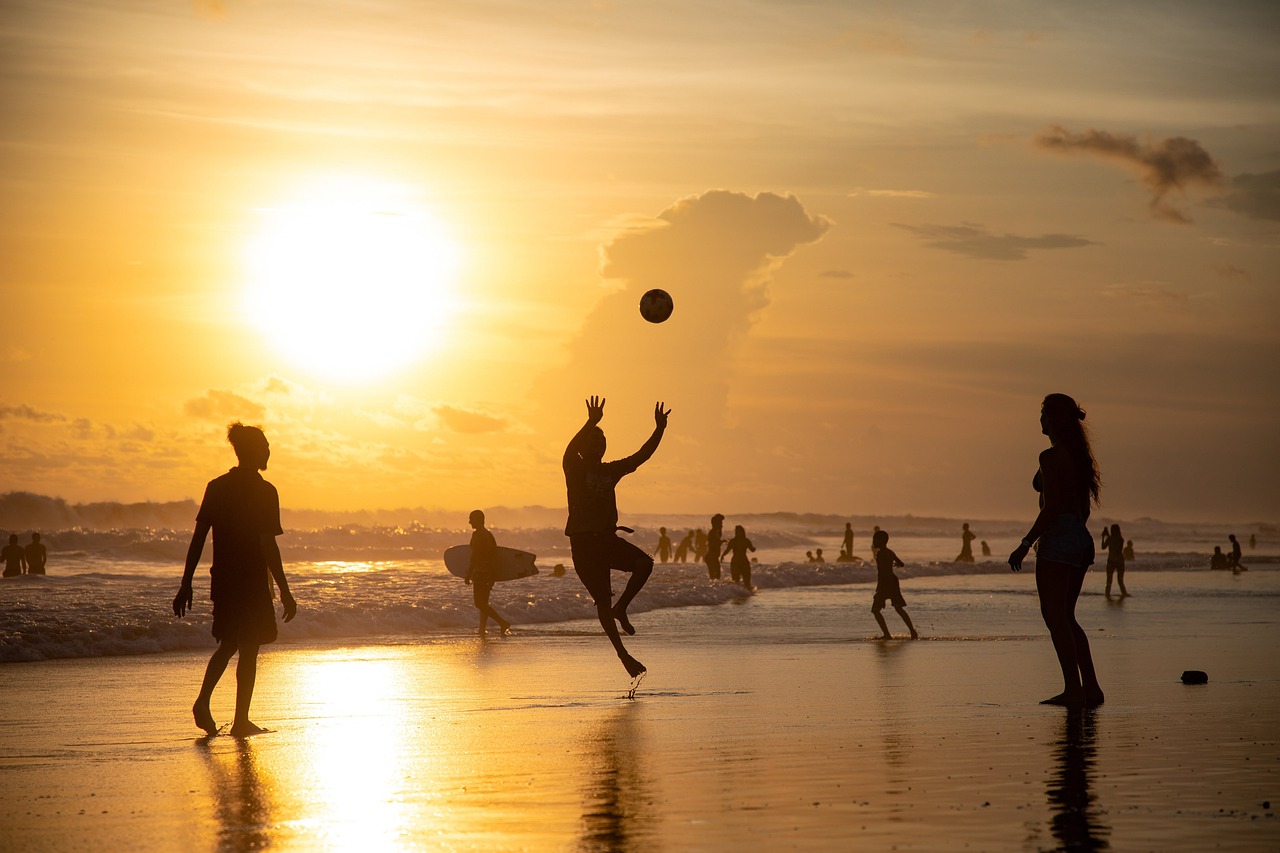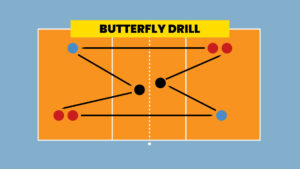Table of Contents
For volleyball enthusiasts, the question of when does volleyball season end? is one that lingers throughout the year, fueled by a passion for the exhilarating sport. Volleyball season, whether in high school or college, ignites a fervor among athletes eager to showcase their skills, create lasting memories, and pursue their dreams on the court.
The timeline for volleyball seasons varies across high schools, colleges, and club tournaments. This comprehensive guide will dive into the intricate schedules, major competitions, and key highlights that volleyball players and fans look forward to each year, from the high school court to the collegiate arena and beyond. Unraveling the enigma of “when is the volleyball season” and when is volleyball season for different levels will provide insights into the thrilling world of this captivating sport.
High School Volleyball Season Timeline
For young, ambitious volleyball players in high school, the volleyball season is a thrilling time. High school volleyball programs often follow a structured calendar, and the start date varies depending on your location.
Girls’ Volleyball Season
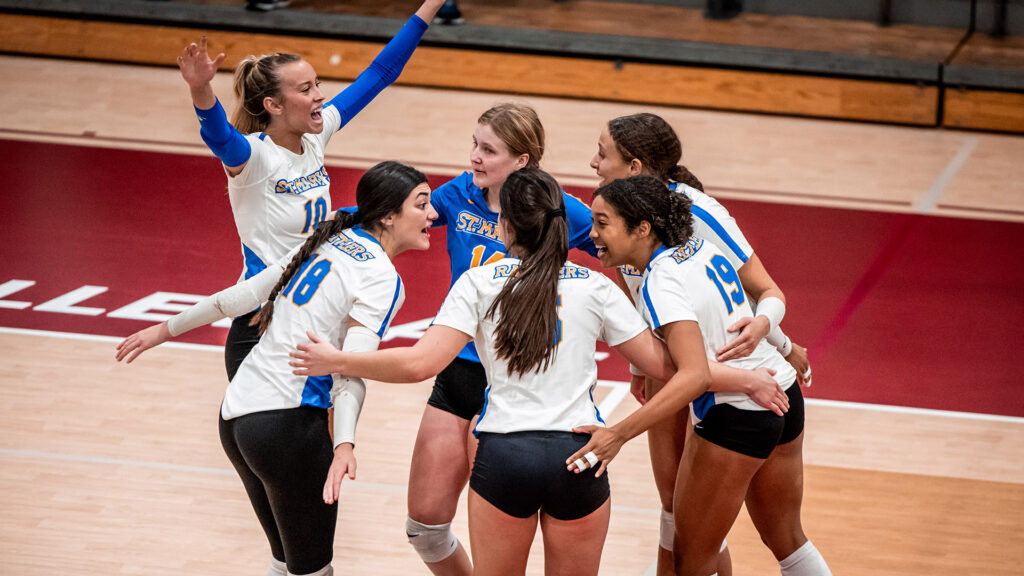
In many parts of the United States, high school girls’ volleyball is typically a fall sport. Practices can begin in August, and competitive matches follow soon after. The exact start date will vary from state to state, so be sure to check with your school’s athletic department or the local governing body for accurate information.
The regular season for girls’ volleyball usually runs from August through October or early November. After the regular season, many high school teams participate in postseason tournaments, with the exact timing and structure varying by state and region. For example, in California, the key dates for the girls’ volleyball season are:
- First Contest: August 10
- Last League Contest: October 16
- Last Allowable Contest: October 16
- CIF-SS Preliminaries: October 23 – November 2
- CIF-SS Finals: November 8 – November 9
- Southern California Regionals: November 12 – November 19
- State Championships: November 22 – November 23
Boys’ Volleyball Season
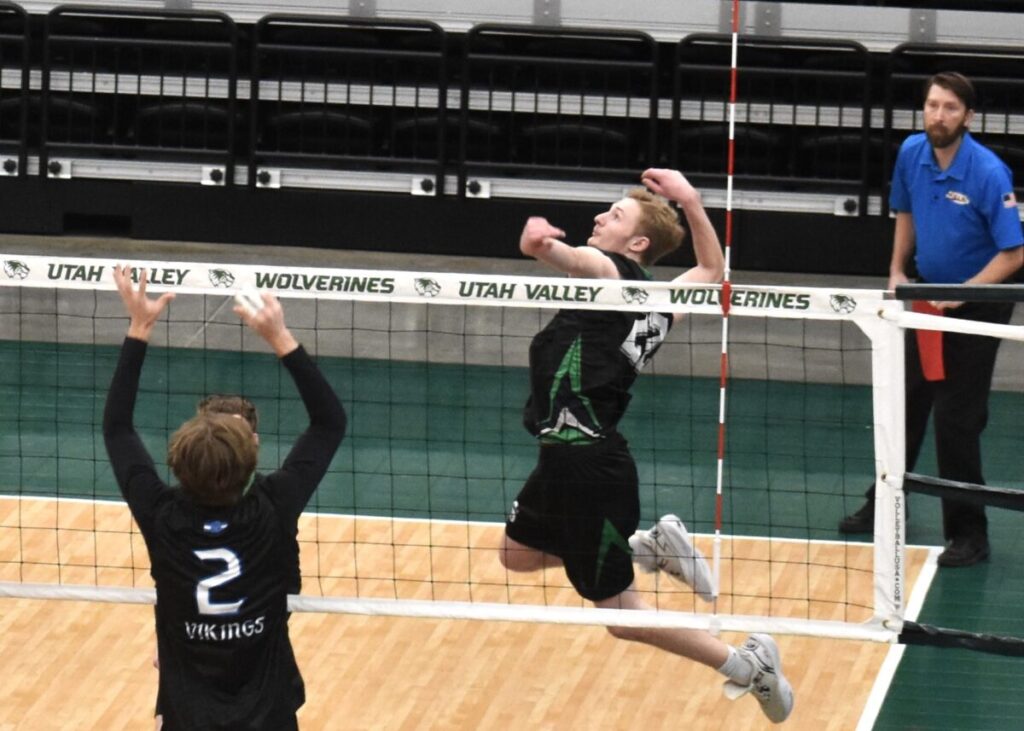
The high school boys’ volleyball season typically takes place in the spring semester. Here are some general guidelines:
- First Contest: February 15
- Last League Contest: April 23
- Last Allowable Contest: April 23
- CIF-SS Preliminaries: April 30 – May 10
- CIF-SS Finals: May 16 – May 17
- Southern California Regionals: November 20 – November 24
Preseason Activities
Before the official start of the season, most high school teams engage in pre-season conditioning and practice sessions. These can begin as early as late July. Attending these sessions can help you prepare physically and mentally for the season ahead.
High school volleyball teams usually conduct tryouts before the start of the season to determine the roster. Make sure to attend these tryouts and give your best effort to secure a spot on the team.
Regular Season
Once the season begins, you can expect a busy schedule filled with practices, games, and tournaments. High school volleyball seasons typically run from August through November or early December for girls, and February through May for boys, depending on the postseason tournament.
Postseason
After the regular season, many high school teams participate in postseason tournaments. The exact timing and structure of these tournaments will vary by state and region.
College Volleyball Season Timeline
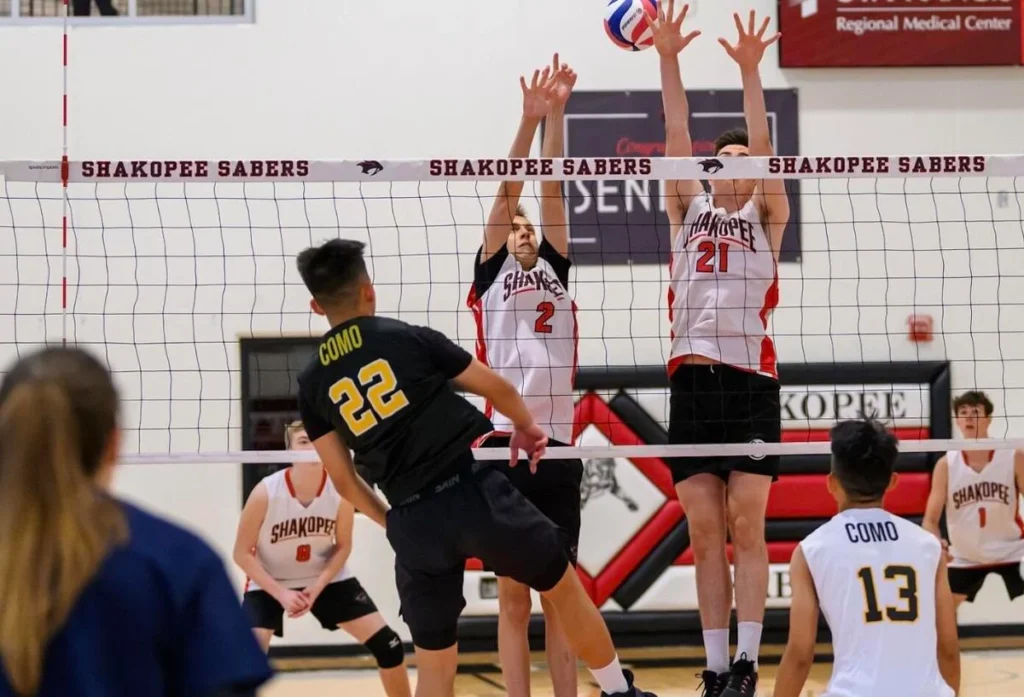
For those who have their sights set on playing college volleyball, understanding the collegiate season is crucial. College volleyball spans various divisions and conferences, each with its own schedules and rules.
Division I, II, and III Schedules
The regular season for college volleyball generally begins in late August or early September. Division I teams typically start a bit earlier due to their intense schedules. The regular season spans until November.
NCAA Guidelines
The National Collegiate Athletic Association (NCAA) provides specific regulations for the start of the volleyball season. Typically, the preseason starts a few weeks before the regular season. It includes practices, exhibition matches, and sometimes early-season tournaments.
Regular Season
The regular season for college volleyball generally begins in late August or early September. Division I teams typically start a bit earlier due to their intense schedules. The regular season spans until November.
Conference Play
Conference matches take place within a team’s respective conference, and they are essential for postseason qualification. Conference play usually kicks off in September.
Postseason
Postseason play includes conference tournaments and NCAA championships. It usually begins in late November or early December.
Club Volleyball Season Overview
Club volleyball offers an opportunity for athletes to play volleyball outside of school-sponsored activities. Families pay to join a volleyball club that arranges team practices, coaches, uniforms, insurance, and tournaments for the teams to compete against other clubs.
Girls’ Club Season
For girls in Northern California, the school volleyball season is in the fall. Club tryouts happen before the school season, but club practices don’t start until after the school season ends. This means the girls’ club volleyball season takes place in the winter and spring.
NorCal offers competitive club volleyball teams for boys aged 12-18. The fall club season begins with tryouts in early August and concludes with a major tournament in mid-January. Each team practices three times a week, typically twice during the week and once on the weekend. Teams compete in NCVA’s Power League tournaments during this period.
After a break for middle school or high school seasons from mid-January through mid-May, the summer club season resumes in mid-May and concludes in late June or early July with a national tournament. Teams continue to practice three times a week and attend two tournaments during this second half of the club season.
Boys’ Club Season
For boys, the school volleyball season is in the spring, so the club season takes place in the fall and winter. The key dates for the boys’ club volleyball season are as follows:
- First Contest: February 15
- Last League Contest: April 23
- Last Allowable Contest: April 23
- CIF-SS Preliminaries: April 30 – May 10
- CIF-SS Finals: May 16 – May 17
- Southern California Regionals: November 20 – November 24
Training Groups vs. Team Practices
For athletes still learning volleyball or those without a school team, clubs offer training groups. These are shorter than a team season and less expensive, as there are no uniforms or tournament days. The schedule is similar to regular team practice times but often with players of mixed beginner ability.
Fall Ball is typically for players not ready for a team in the fall or for middle school-aged players without a fall school team. Spring Ball is for players not yet on a club team in the spring and for those who do not have a spring school team.
Tournament Schedule
Club volleyball competitions are never just one match. Every tournament in club volleyball consists of 4 or 5 matches per day, ranging from 1 day to the 4 days of the National Tournament.
A 1-Day Tournament typically involves a 3 or 4 team pool play followed by a break and then bracket play to finish. These tournaments usually run from 8 am to 5 pm but can extend later due to scheduling delays.
Longer, multiple-day tournaments will have more pool play days, with the last day featuring bracket play. These tournaments are often shorter and designated as Waves: AM Wave (8 am – 2 pm) and PM Wave (3 pm – 9 pm).
Summer Camps and Clinics
Clubs often hold instructional sessions lasting 1 to 4 days, focused on specific skills and techniques, such as a Setter’s Clinic. These may have a special guest coach and are held at unusual times when the coach is available. Camps are usually during summer or winter holidays, while clinics may be on a 3-day weekend, during Spring Break, or whenever an opportunity arises to have a special presenter.
Synergy Volleyball Club offers camps that blend technical training, game strategies, and team-building activities in a fun and supportive environment. Their Doubles Program provides intensive training and personalized coaching to enhance players’ skills and teamwork on the court.
Other Volleyball Seasons
Middle School Volleyball Season
Volleyball season for middle school typically runs from August to October, with some schools extending into November for postseason play. This serves as an important step for students aspiring to play at high school and collegiate levels, offering them a chance to hone their skills and understand the fundamentals of the game. The season brings excitement every year, teaching teamwork and sportsmanship.
The anticipation builds up as teams push through the season to reach the ultimate goal: the climactic finals. The semi-finals are where the tension truly begins to spike, with teams that have shown exceptional skill and determination colliding in a thrilling showdown. The championship match is the highlight of the season, featuring the two best teams in a match that will be remembered for years to come.
After the final serve, schools often host awards ceremonies to honor standout players and moments. The end-of-season party serves as the final hurrah, allowing for relaxation, fun, and reflection through games and activities that help teams bond one last time before the off-season.
Beach Volleyball Season
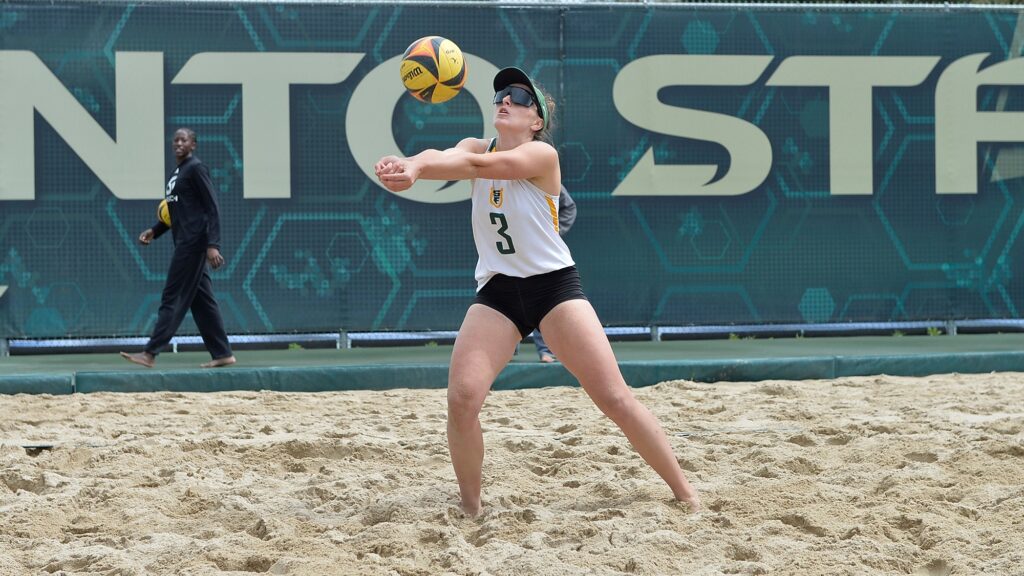
Beach volleyball season commences, creating a vibrant ambiance for players and spectators alike. Starting from early spring and stretching to late summer, beach volleyball delivers a unique outdoor experience, which includes different court dimensions and the number of players participating in the game.
The FIVB Beach Volleyball World Tour features a series of international events held in different countries, with players accumulating points throughout the tour. This culminates in the prestigious FIVB Beach Volleyball World Championships, held biennially, attracting spectators to witness top-notch beach volleyball action.
The Olympics, held every four years in the summer, is the pinnacle of international sportsmanship, where athletes from various countries compete across multiple disciplines, including volleyball. Beach volleyball at the Olympics draws huge crowds, and its inclusion has added an extra layer of excitement to the Games.
Locations like Copacabana Beach in Rio de Janeiro, Brazil, and the California coast in the United States host iconic beach volleyball tournaments that attract participants and spectators from near and far. The summer season creates an idyllic backdrop for competitive beach volleyball, adding to the sport’s appeal.
International and Professional Seasons
National volleyball leagues have their unique timelines, with some running throughout the year and others spanning specific months. Professional volleyball teams participate in national leagues, showcasing their talent and competing for domestic glory. The Italian Serie A1, Brazilian SuperLiga, and Japanese V.League are prominent examples of national leagues with a rich history and a dedicated fan base.
International volleyball events, such as the VNL and the Olympics, bring nations together in the spirit of sportsmanship and unity. The Volleyball Nations League, a relatively new addition to the international volleyball calendar, has rapidly become one of the most important volleyball competitions. The tournament features a rotating host system, with multiple cities around the world hosting matches, allowing fans worldwide to witness elite-level volleyball.
Club competitions showcase some of the most skilled and promising players in the sport. National club championships, such as the USA Volleyball Girls Junior National Championships, are highly prestigious events that attract scouts and college coaches. Participating in club volleyball competitions allows players to challenge themselves against top-tier opponents from across the country, serving as a proving ground for young athletes looking to make their mark in the volleyball world.
Season Overlaps
Despite the continued education and actions of parents/coaches to diversify a child’s athletic portfolio, one common issue is overlapping sports seasons. The ongoing global pandemic has exacerbated the issue, forcing athletes to commonly choose between gearing up for the gridiron or lacing up for the hardwood.
Some sports are compatible and allow an athlete to partake in both without highly detrimental effects, while others are not. For example, a high school girl can play basketball in the winter and golf in the spring concurrently, but winter wrestling and spring track are nearly impossible to participate in simultaneously.
One of the most important considerations of overlapping sports seasons is the age and level of the athlete. At a certain level, athletes will have to choose what is most important to them, but early on, it is not nearly as critical. In general, it is probably best to finish the current season outright and then enter into the new one when ready.
Communication is key, plain and simple. Talking to coaches and explaining the details of an athlete’s situation can help alleviate some of the stress that comes with juggling overlapping sports seasons. Youth sports coaches should understand the developmental process of an athlete and provide positive encouragement to help them succeed long term.
As an athlete grows older, they will begin to narrow their sights on what sport they’d like to potentially specialize in after high school one day, helping determine what is most important and prioritizing when seasons overlap. However, it’s essential to understand that athletics is only a part of a child’s life, not everything. Overloading their schedules with too many activities can cause undue stress and create bigger issues down the road.
Snow Volleyball Season
Snow volleyball season typically commences from late December to early March, inviting players to snowy locations worldwide. Mountain resorts and ice-capped cities become the setting for exhilarating snow volleyball competitions.
Regions with a vibrant winter sports culture, such as Europe and certain parts of Asia and North America, have been at the forefront of popularizing snow volleyball. The sport’s international federation, the FIVB, actively supports the development of snow volleyball, making it accessible to players in various winter-sport-loving nations.
The Snow Volleyball European Championships attract teams from snowy nations such as Austria, Germany, and Switzerland, where the sport has a strong following. The tournament sees players adapt their techniques and strategies to the snowy conditions, showcasing their skill and versatility on the winter courts.
Conclusion
The volleyball season is a thrilling journey that captivates players, coaches, and fans alike. From the electrifying atmosphere of high school courts to the intense competition of collegiate arenas and the global stage of international events, the sport’s timeline is a testament to its enduring popularity. While the seasons may vary across different levels and locations, they all share a common thread of passion, dedication, and the pursuit of excellence.
Ultimately, the volleyball season is more than just a series of matches; it’s a celebration of teamwork, perseverance, and the indomitable spirit of athletes who pour their hearts into every serve, spike, and dig. Whether you’re a seasoned player, a devoted fan, or simply someone who appreciates the beauty of athleticism, the volleyball season offers an opportunity to embrace the thrill of competition and the camaraderie that binds players together.

